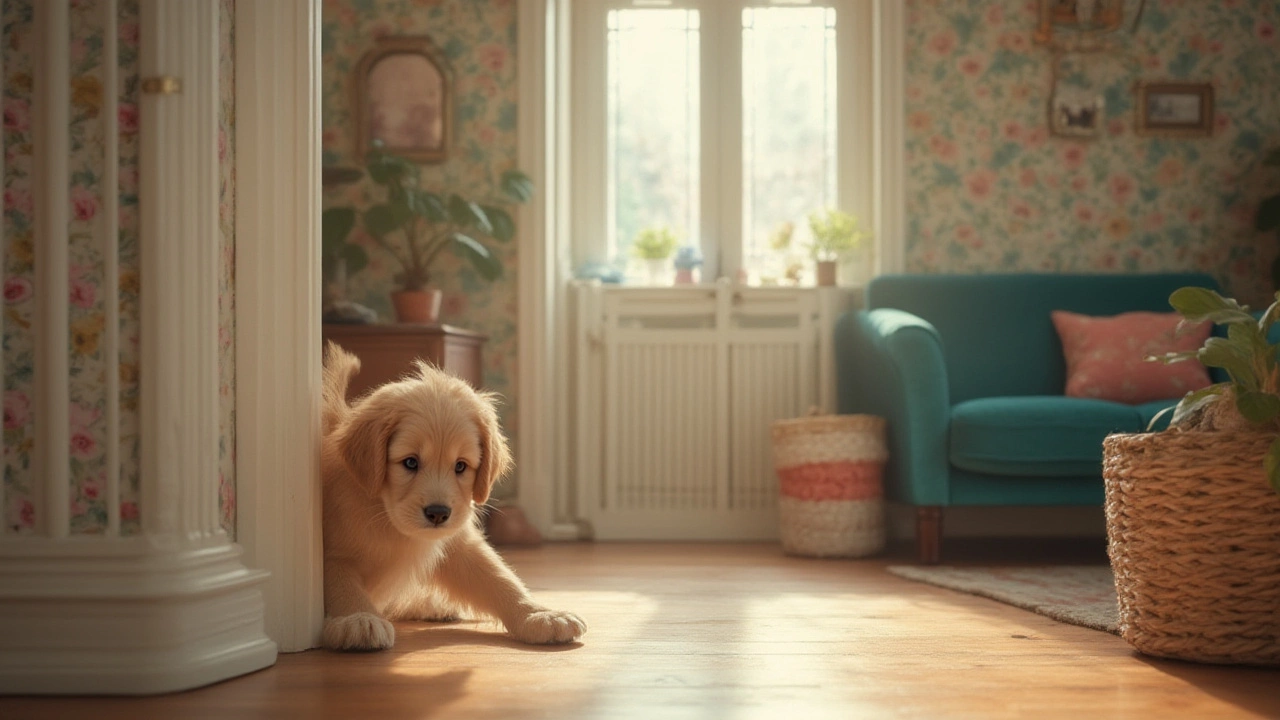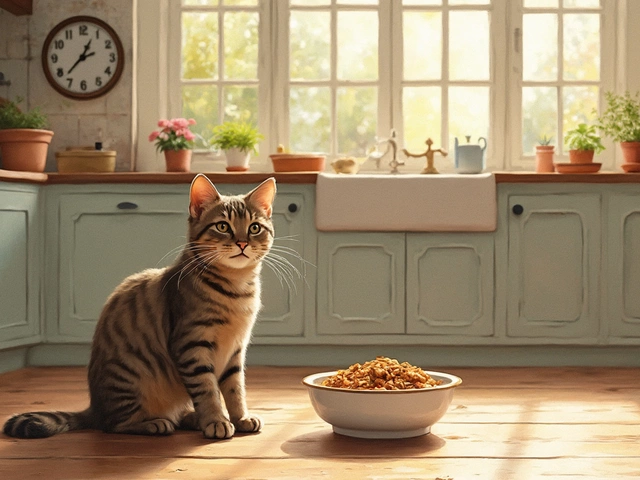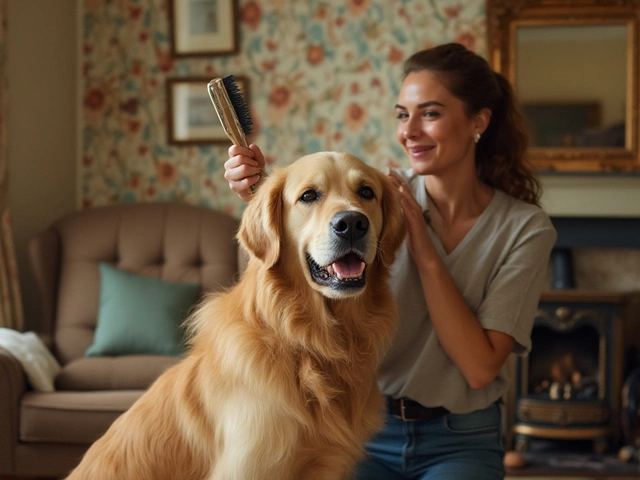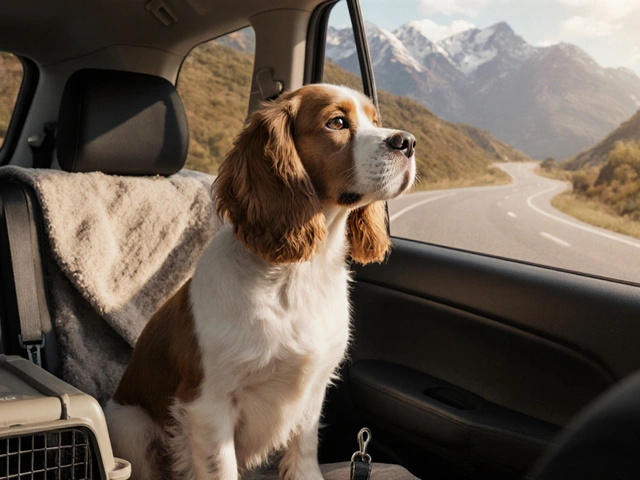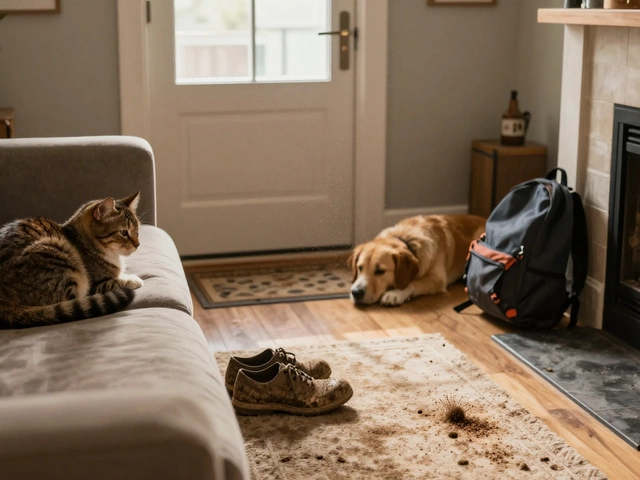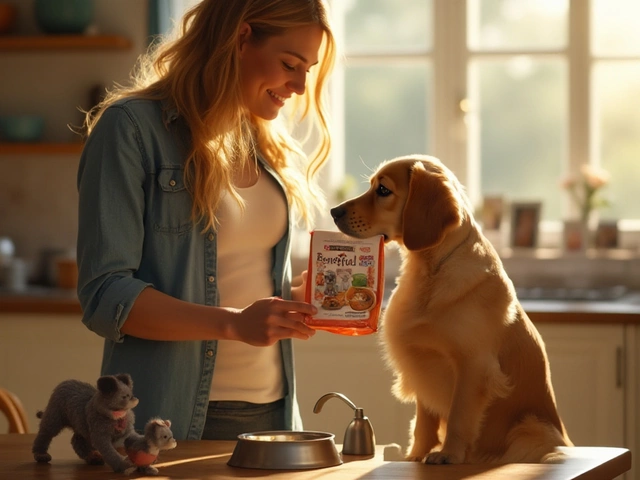If you’ve ever had a puppy, you know the chaos they can cause with just five minutes of freedom. The struggle is real. You look into those wide, innocent eyes and think: “Can I let this furball roam the house yet, or am I asking for chewed up slippers and mysterious puddles on my carpet?” Let’s set the record straight—free roaming is a milestone, but not one your pup can reach right out of the gate. Rushing it can backfire, while waiting too long can make your home feel like a prison for a nosey fluffball. There’s a sweet spot, and honestly, it’s less about age and more about readiness and solid training. A few folks swear by “puppy-proof” homes and trial and error. But instead of gambling with your favorite trainers and furniture, let’s break it down so you know exactly when (and how) it’s safe to let your rookie explorer patrol the house.
The Right Age For Puppy Free Roaming: Myth vs. Reality
There’s no magic birthday when a puppy suddenly becomes trustworthy enough to free roam. Some people toss out ages like six months, a year, or even older. Here’s the truth: Most puppies aren’t ready before they’re reliably house trained, which usually lands somewhere between six and 12 months old—though it varies a lot by breed and personality. It’s a messy myth that all pups become angels the day they hit a certain age. The real measure is solid house training and a clear track record with basic rules. When you know a pup will scratch at the door instead of sneaking off to leave a puddle, you’re getting closer. But don’t just watch their bladder—chewing habits matter too. A lot of young pups, even at seven or eight months, still have a love affair with anything chewable. Big chewers, like Labradors and Collies, might need extra time.
Let’s talk science for a sec: Puppies don’t even finish teething until around six months old. This means the temptation to chew, gnaw, and destroy is at its peak until then. Vet studies out of the Royal Veterinary College in the UK show that chewing-climax hits between four and eight months. During this stage, freedom is a double-edged sword—it can help teach boundaries, but it’ll also reveal every spot you missed in your puppy-proofing efforts. The safest approach: wait until your puppy is both fully toilet trained and past that intense teething window.
But even if your pup seems ready by nine months, every breed grows up at its own pace. Smaller breeds often mature faster; some Chihuahuas and Yorkies surprise you by skipping the destruction phase early. Large breeds, like German Shepherds or Golden Retrievers, can drag it out, both with potty training and impulse control. Don’t worry if your mate’s eight-month-old Poodle has full run of the house and yours is still crated. The key is to focus on readiness, not random age cutoffs. Watch their consistency with basic commands, how long their bladder holds, and their response to temptation (like an unattended pizza crust or the always-tempting trainers).
And here’s a hot tip: if you want to test the waters, start by giving access to a single room. Many trainers recommend starting in the kitchen or another easy-to-clean space. Gradually expand their territory as your puppy nails the rules. If you spot trouble—a chewed up cable or a suspicious wet mark—dial it back until things improve. It’s all about building trust, not just rolling the dice.
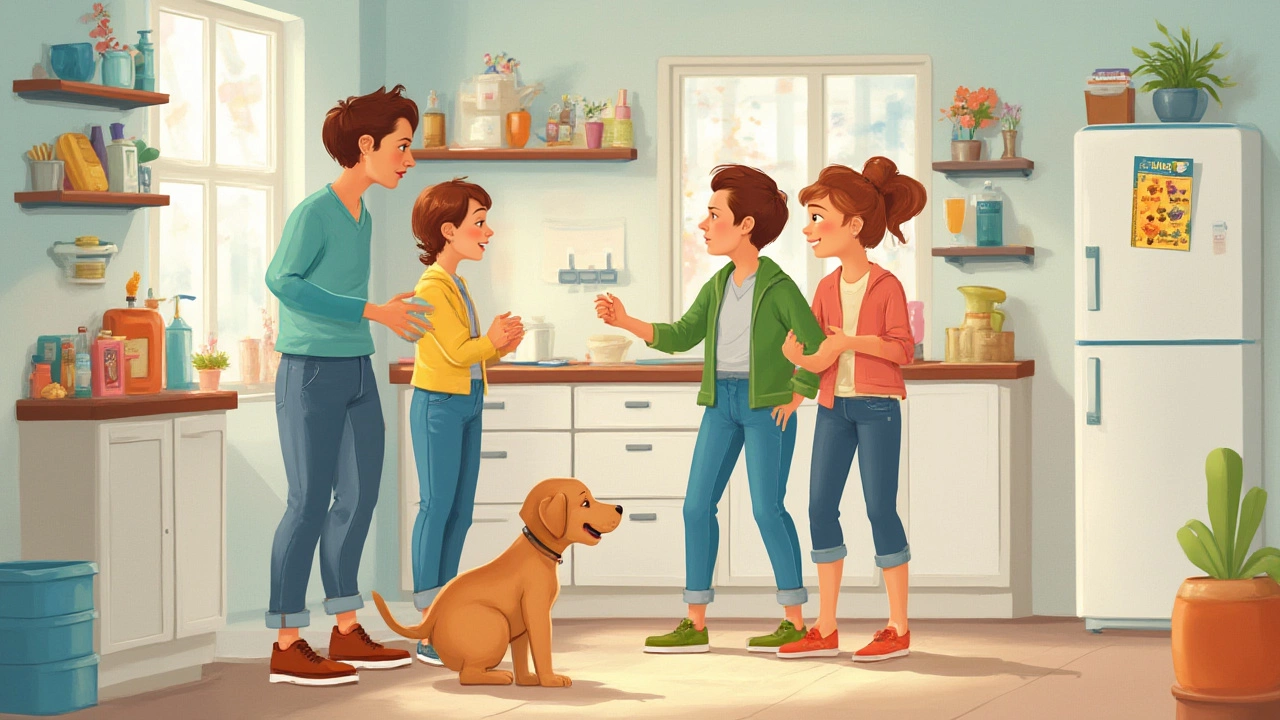
Signs Your Puppy Is Ready for House Freedom
You can’t just eyeball your puppy and guess. You want clear, trustworthy signs before easing up on supervision. The most crucial one is rock-solid house training. If your puppy hasn’t had an accident in several weeks—most trainers say at least two to three—then you’re probably on the right track with bladder control. But hold on: absence of accidents isn’t everything. Is your dog racing to the door, sitting, barking, or giving any “I need out” signals? Consistency matters more than luck.
Chewing is the next headache on the list. Puppies are famous for chewing literally anything that isn’t nailed down. If your puppy skips chewing the table legs or grabbing your socks, you’re halfway there. What about shoes, cords, and remote controls? If your stuff is still safe after a month of cautious freedom, that’s a good sign your pup gets what’s off-limits. You’ve probably heard horror stories—like the Beagle who ate three phone chargers in a week, or the Spaniel who shredded the mail. These disasters are the clearest sign your furry friend isn’t ready to free roam unsupervised.
Boredom is another factor. Puppies left out of the crate need plenty of toys, puzzles, and distraction. An exhausted puppy makes better choices, while a bored puppy will find their own (usually bad) ways to stay busy. If your dog hangs out in a free room without digging for trouble, you’re on the right track. But if energy spikes lead to sock hunts or counter surfing, you’ll want to reset boundaries.
Another savvy tip: observe obedience to basic commands even when you’re not in sight. Can your puppy lie down and stay when you leave the room? If “leave it” and “no” actually work, your training is paying off. Honestly, the best marker of readiness is how they behave when they think you’re not watching. Half the test is seeing what your puppy does when they don’t think anyone will bust them for mischief.
How about time alone? If your pup manages short bursts by themselves—let’s say ten to twenty minutes—without getting into trouble, that’s huge. Gradually up the alone time from there. You might come home to a well-behaved dog, or you might catch a puppy napping in their crate by choice. Each milestone with no mistakes is a confidence boost—for both of you.
What about attention needs? Some puppies crave company and act up if left alone for long. If you’ve got a clingy breed, such as a Vizsla or Cavalier King Charles Spaniel, take things slow. For independent types, the process can be quicker. Pay attention to their personality, not just a calendar date.
I also like using “puppy cams” for peace of mind. These let you remotely check in without interrupting. Set one up in a free-roam zone, leave the house for a short trip—maybe for coffee—and watch how they handle freedom. No disasters? Chances are, they’re almost ready.
Let’s not forget impulse control. Maybe your puppy listens to rules until a cat zooms by the window, or tasty leftovers are left in reach. If they can ignore distractions and still stick to house rules, you’re golden. Low impulse control? Stick with the crate or pen a bit longer.
So, the main checklist before free roaming includes:
- Zero accidents for at least two or three weeks.
- Unchewed furniture and cords while unsupervised for short periods.
- Good response to basic commands and “leave it.”
- Rising comfort with alone time and separation.
- Ignoring temptation and distractions.
Once every box is ticked, you can celebrate—your puppy may finally be ready to walk the house without causing a scene. Just keep your expectations realistic. Even the best-trained young dog can backslide after a stressful event or routine change. Stay patient and flexible if you hit a bump in the road.

Keeping Your House (and Puppy) Safe When Free Roaming
So your puppy seems ready. Before you hand over the keys to the castle, make sure your space stacks the odds in everyone’s favor. This is where true puppy free roam age wisdom comes in—the goal is less about age, more about knowing what’s puppy-proofed and what needs work. Start by combing every room for hazards. Think like a very stubborn, very hungry toddler. Power cords? Hide or block off. Dangling curtains or cords? Tie them up out of reach. House plants, especially ones like lilies or philodendrons, should go safely out of reach. These are more than decoration—they’re toxic for dogs. Even your garden variety spider plant can give a puppy an upset stomach.
Sharp corners, heavy objects perched on tables, open bins—anything that could fall or be toppled needs to go. Medicines, cleaning products, and sharp objects deserve extra care. Store them in locked cabinets or up high. Even things you wouldn’t expect, like vitamins or gum packs with xylitol, are pretty dangerous if eaten. Open windows, especially at dog-height, should have screens. Let’s just say, nobody wants to learn about puppy window escapes the hard way.
Plan your free roam launch like a mission. Give your puppy a smaller area first, ideally a space you can gate off like the kitchen or a playroom. This lets you watch for problems before you upgrade them to a “whole house” license. Set up the area with loads of safe chew toys, puzzle feeders, and maybe a comfy dog bed. Swap toys daily to prevent boredom. If you work from home, check in often and use positive reinforcement every time your dog makes the right choice (like leaving your shoes alone or chilling quietly in their spot).
Some folks swear by baby gates for keeping dogs out of trouble spots. It makes sense—doors can get left open by accident, but baby gates remind everyone “hey, dog on patrol!” Smart tech can help too: plug socket covers, kitchen cupboard locks, and pet cams build your safety net. Got a robot vacuum? Might want to keep it out of the test zone—puppies love to chase them. And trust me, “Roomba meets puppy poo” is the stuff of viral nightmares.
Keep an emergency cleaning kit ready for the inevitable surprise. Even with the best training, accidents or messes pop up if your routine shifts or your pup gets anxious. A roll of kitchen towel, pet-safe cleaning spray, and a stash of treats for redirecting behavior helps you recover quickly and keep things positive. Remember, punishing mistakes doesn’t stick. Instead, reward the good stuff—every calm nap or toy chew is a chance to build game-changing habits.
Here’s another practical move: make sure your dog has a “safe space” they can retreat to on their own terms. This could be their open crate, a bed, or a corner piled with blankets. When life at home gets loud or crazy, your dog will appreciate the comfort zone. If your dog has separation issues, start leaving them alone for super short times, then build up. Don’t sneak out—say a calm, quick goodbye—so your puppy doesn’t panic when you suddenly disappear.
Be patient and watch for setbacks. A holiday, house guest, or move can shake things up. If your previously perfect puppy starts slipping, scale back and tighten up your routine until their confidence returns. Above all, know that free roaming is a privilege, not a right. The payoff? A happy, well-mannered dog who can chill out around the house with minimal drama (and your trainers stay safe). And honestly, when you hit that milestone—coming home to a calm, nap-happy pup instead of a living room disaster—it feels amazing.

